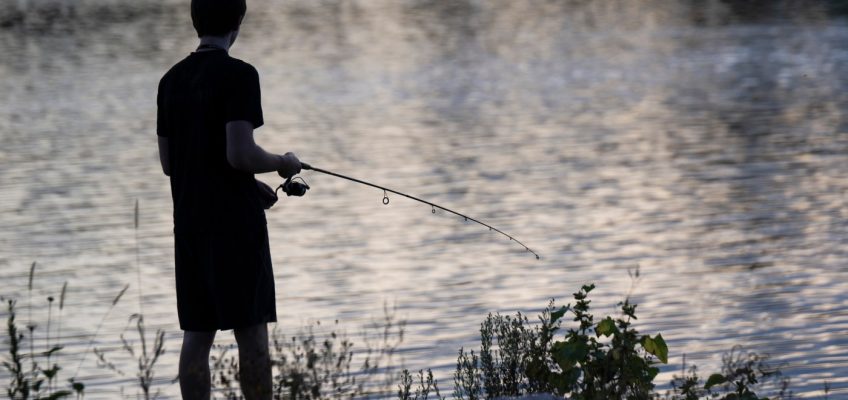The state Department of Health has updated its guidelines on eating Minnesota fish after PFAS chemicals were found in fish from waters in 10 counties.
Fish with these per- and polyfluoroalkyl substances were found in waterbodies in Anoka, Carver, Dakota, Hennepin, Ramsey and Washington counties in the metro area.
In Greater Minnesota, fish with PFAS were found in some waters in Douglas, Martin, McLeod and St. Louis counties.
PFAS chemicals have been widely used for decades to make products that resist heat, oil, stains, grease and water. The state Department of Health warns that PFAS may accumulate in a person’s body over time and become a health concern.
Find fish consumption guidelines for rivers and lakes statewide at dnr.state.mn.us/lakefind.
Here are updated guidelines for Dakota, Ramsey and Washington county lakes:
Dakota County
Fish Lake, Eagan: Sensitive populations, one serving of crappie per month; others, one serving of crappie per week.
Lemay Lake, Eagan: Sensitive populations, one serving of sunfish per month.
Ramsey County
Johanna and Little Johanna lakes, Arden Hills: Sensitive populations, no fish from either lake. General population, one serving per month of any fish.
Gervais Lake, Little Canada: Sensitive populations, no fish. Others, one serving per month.
Keller Lake, Maplewood: Sensitive populations, no fish from this lake. Others, one serving per month.
Josephine and McCarron lakes, Roseville: Sensitive populations, no fish from either lake. Others, one serving per month.
Lake Phalen, St. Paul: Sensitive populations, no fish. Others, one serving per month.
Washington County
Related Articles
A 6-hour morning routine? First, try a few simple habits to start your day
Whooping cough cases are rising again in the US, challenging public health departments
Worries about flying seem to be taking off. Here’s how to cope with in-flight anxiety
Measles misinformation is on the rise — and Americans are hearing it, survey finds
Concern over vaccine misinformation prompts UMN initiative to preserve data
Clear Lake and Mud Lake, Forest Lake: Sensitive populations, no fish from either lake. Others, one serving per month.
Battle Creek and Tanners Lake, Landfall: Sensitive populations, no fish from either water. Others, one serving per month.
“Our fish consumption guidance can help anglers and their families make informed choices about which fish to eat and how often,” said Angela Preimesberger, lead of the state Health Department’s fish consumption guidance program. “Following the guidance enables you to reduce your exposure to contaminants while still enjoying the many benefits of eating fish, which is an important part of a healthy, well-balanced diet.”


Leave a Reply